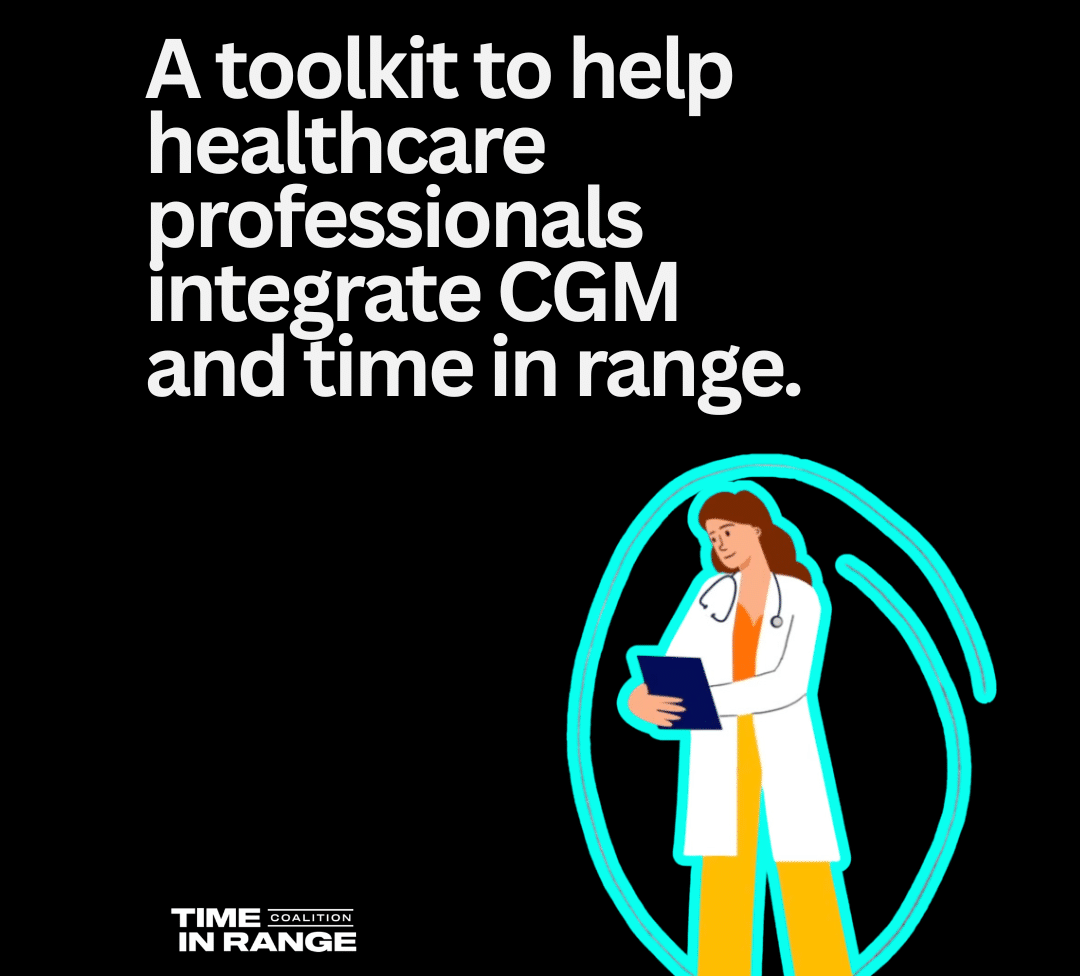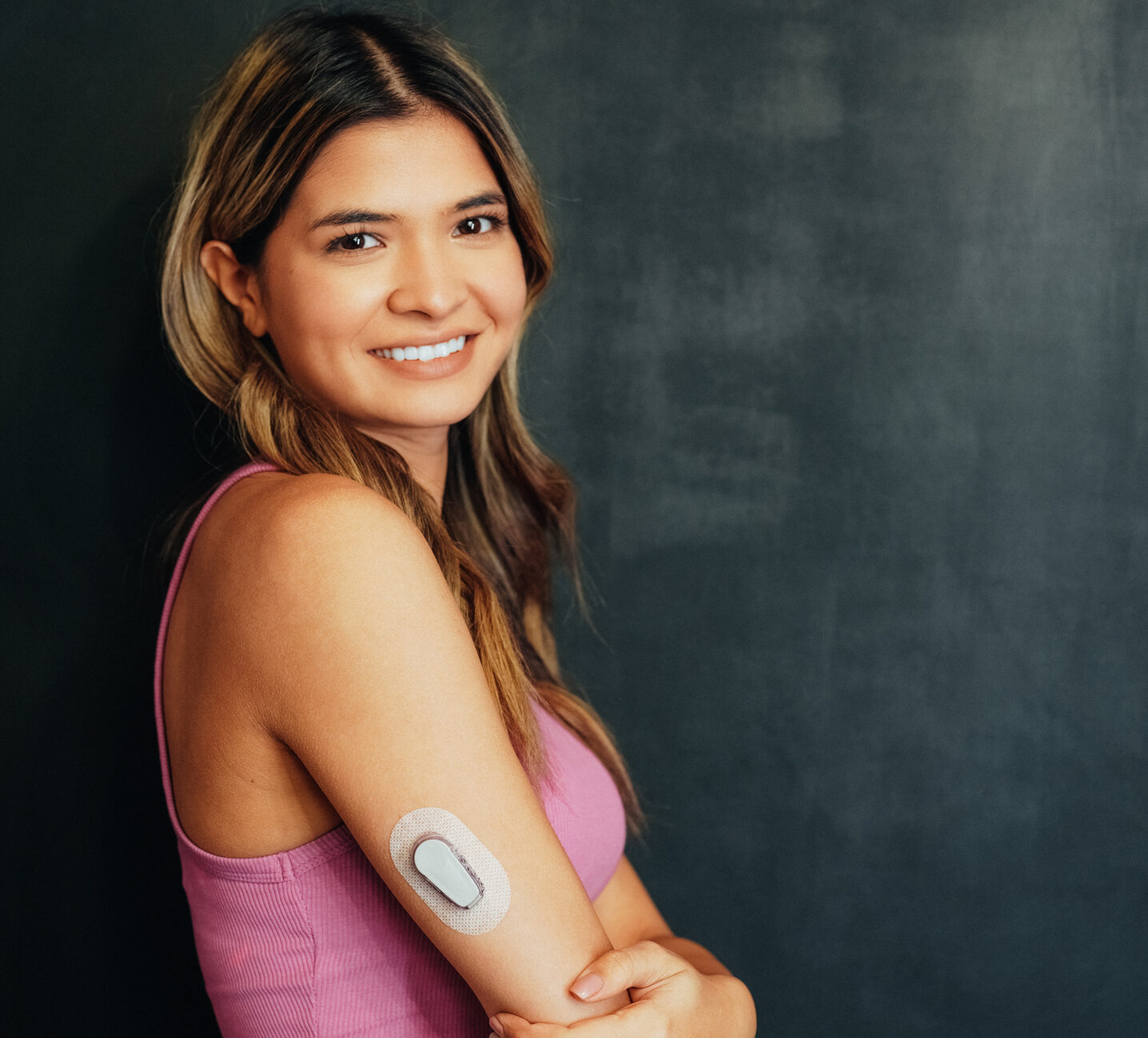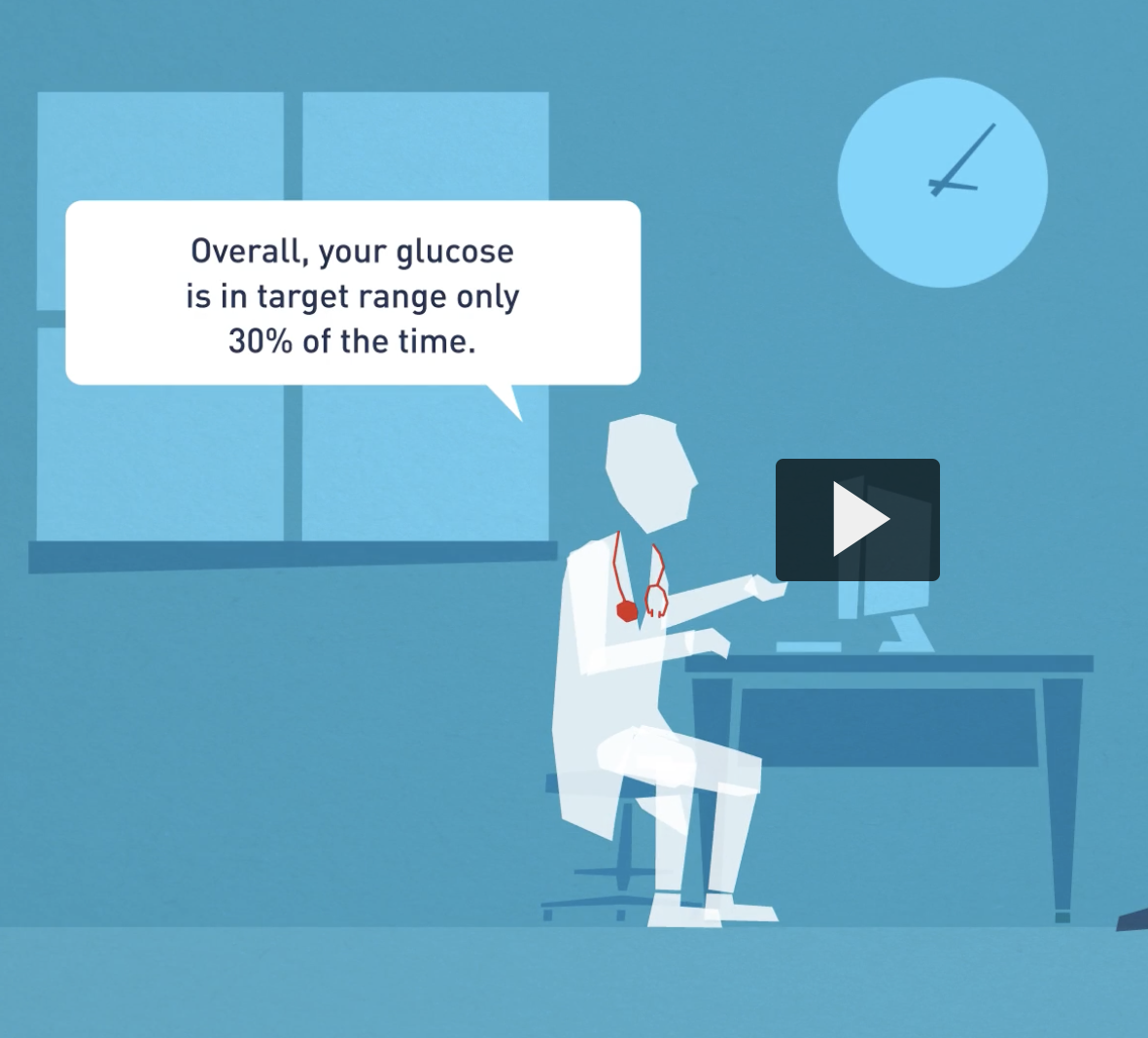
HEALTH CARE PROFESSIONALS
RESOURCES
Are you ready to get started bringing time in range into practice?
Resources on Time in Range
Follow our step-by-step guides of how to bring time in range into practice.

Download our time in range toolkit!
Videos on integrating CGM and its metrics, downloadable guides, and so much more...

How to use time in range in clinical practice
TIR and HbA1c – working together to provide actionable insights...

Interpreting the AGP report
Device download reports vary by manufacturer and include differing data presentations....

Clinical guidance and targets for time in range
A deeper dive into the International Consensus Report and guidance recommendations...

3 questions to help you uncover diabetes pain points
As providers, multiple aspects of care need to be addressed for people with diabetes...

Continuous glucose monitoring (CGM) vs blood glucose monitoring (BGM)
Dig deeper into the differences between CGM and BGM....

Register for free CGM device trainings
Training and education resources developed by, and for, health care professionals...

Professional Continuous Glucose Monitoring Implementation Playbook
Check out this step-by-step guide on introducing professional CGMs into your practice...

Personal Continuous Glucose Monitoring Implementation Playbook
Check out this step-by-step guide on introducing personal CGMs into your practice...

Time-in-Range: An Intuitive CGM Metric to Integrate in Your Clinical Practice
Check out Dr. Earle's experience with introducing time in range into her practice...

Time in Range: How to Measure It, How to Report It, and Its Practical Application in Clinical Decision-Making
This article reviews time in range as the new standard for people with diabetes...

Working Together to Use Time in Range Data (video)
Learn how to have a productive conversation about time in range...

Talking to those in your care about time in range
Learn how to talk about time in range in a positive, productive way. ...
Latest Research
Health Care Providers
Topic
-
Awareness of Time in Range – Opportunities for Increased AdoptionThese data highlight a significant lack of TIR awareness among people with T2 and CGM non-users....
-
Utilization of Time in Range in Real World Varies by Type of DiabetesGreater access to CGMs may enable more people with diabetes to use TIR in their daily disease management....
-
Awareness of Time in Range Varies by Type of Health Care ProviderThis data highlights a significant lack of TIR awareness among PCPs as compared to DEs and Endos...
-
CGM Access is the Main Barrier to TIR Use Among ProvidersThese data highlight a lack of access to CGM as a key barrier to the adoption and use of TIR among HCPs...